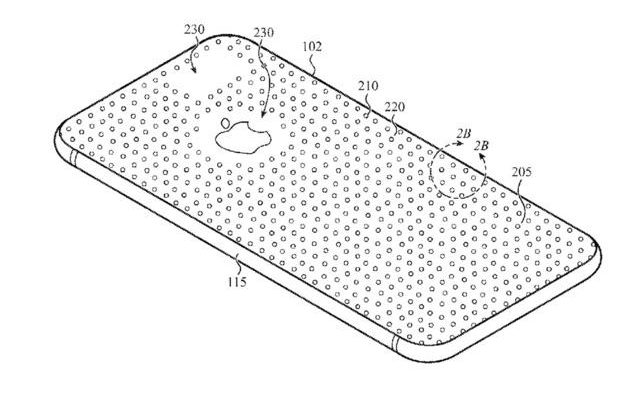Could future iPhones be very scratch resistant and not need a case? It seems that this is not a remote possibility at all. Because, according to AppleInsider’s report; Apple is exploring how to make an iPhone case that looks just as good as current iPhones but can withstand more wear and tear. According to the news, the company has now received a patent.
Apple filed a patent application called “Spatial Composites”[Cep] phones, watches, and tablet computers can come in contact with various surfaces, causing the device surface to be scratched or corroded.” However, the company says that the different materials used in an iPhone case come with different advantages and problems.
For example, the company says that metal can be particularly resistant to dents, scratches or breakage, but that metal can interfere with radio signals entering or leaving the device.
Apple says that ceramic can be scratch-resistant and transparent to radio signals, but underlines that it can be fragile. As for plastic, “It can be transparent to radio signals and quite strong, but prone to scratches or crushing.” says.
HERE IS APPLE’S RECOMMENDED SOLUTION!
Apple’s proposed solution is to use more than one material for the case. But of course it is not that simple. The entire patent is also about what materials to mix and how to do it.
For example, Apple says that wear-resistant elements can be created from metal or ceramic.
Apple’s patent includes illustrations that show “wear-resistant elements” of different shapes, each with different benefits but the same general purpose.
Also included is a dotted drawing of these elements on the back of an iPhone.
But this is just an illustrative drawing. What the drawing does not show is that the distance between the materials should only be between 10 and 100 microns.
The patent belongs to three inventors, including Christopher D. Preset. Preset’s previous work includes the use of glass-ceramic components in the MagSafe system, which provide both data and power transmission.
It is unclear whether Apple will make this patent a reality.
